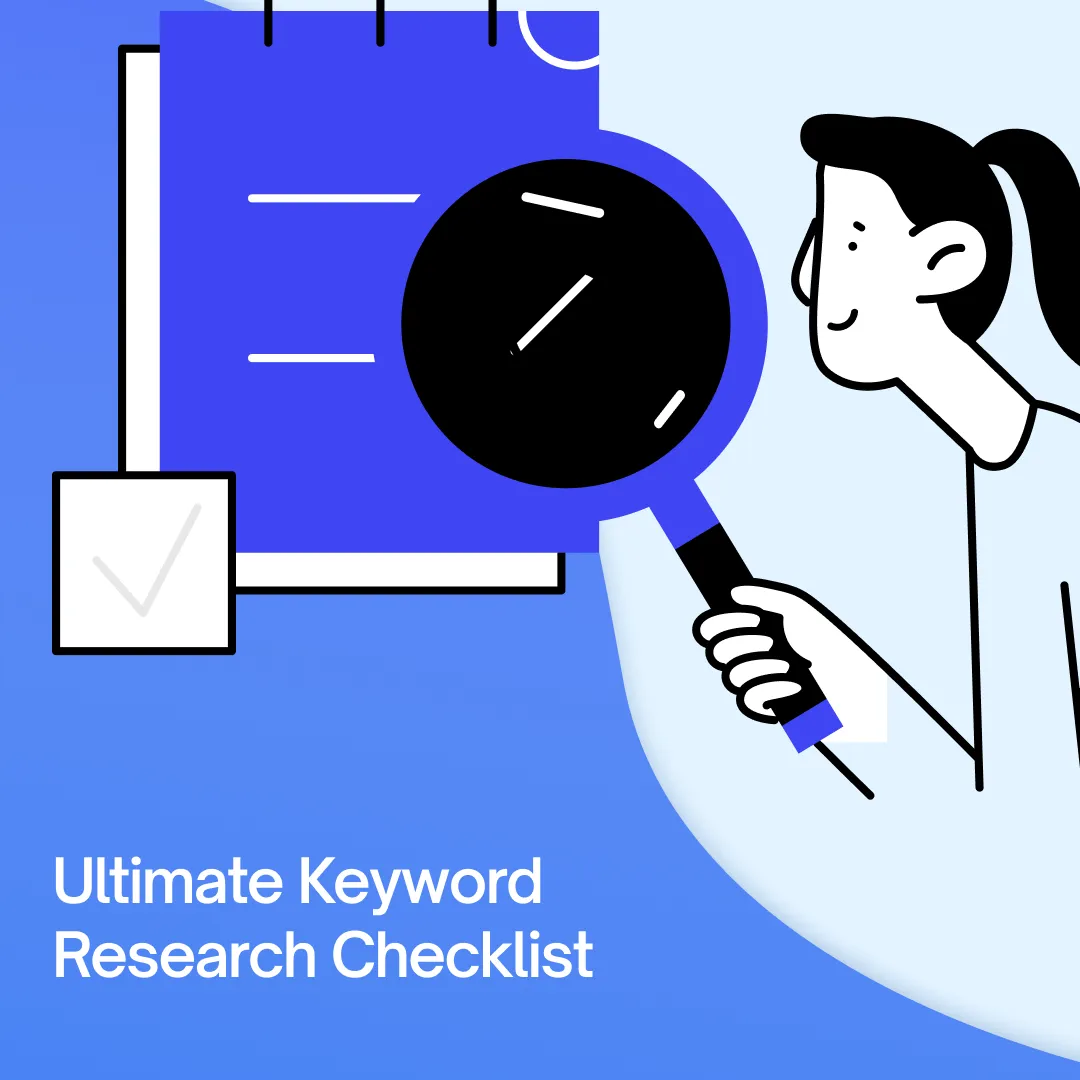The rules of search are changing. Traffic, engagement, and conversions are evolving in ways that demand new strategies.
AI-generated answers are appearing alongside traditional search listings and sometimes even above them.
In this article, we’ll show you how to master both SEO and the new world of GEO.
That’s how we get results like these for traditional SEO:
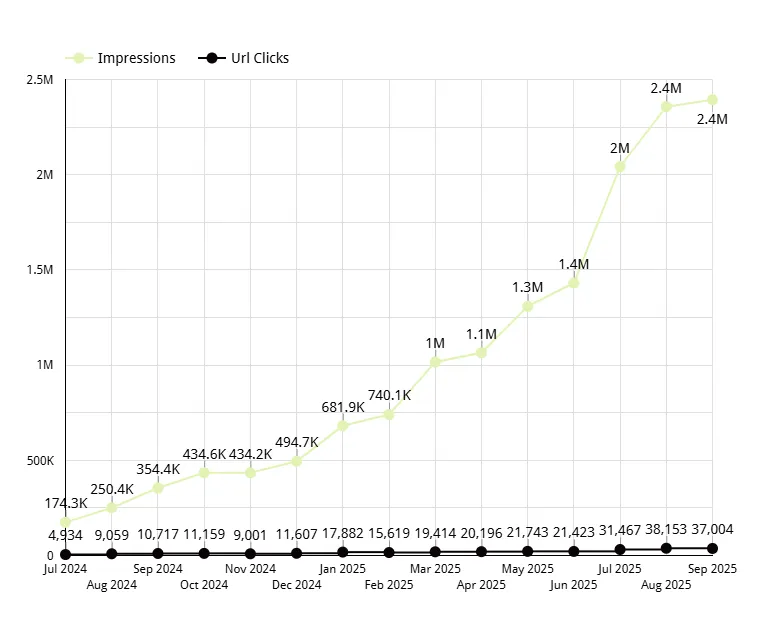
And this for GEO:
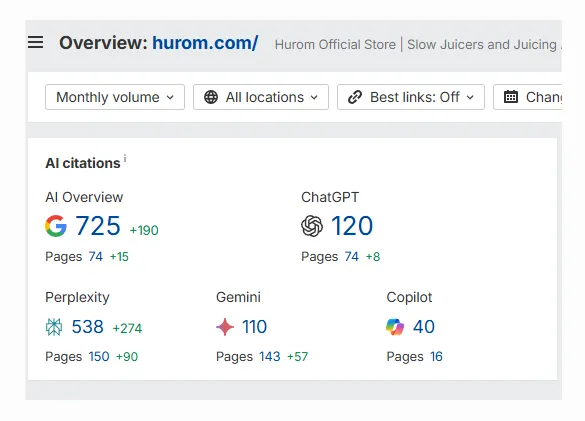
But more on that in a second.
Pro tip: Not sure where to start with SEO management? Bluethings can create a hybrid playbook tailored to your brand.
TL;DR
SEO (Search Engine Optimization) improves visibility in traditional search engines like Google and Bing. It drives organic traffic by ranking content for keywords, building backlinks, and optimizing technical elements.
GEO (Generative Engine Optimization) targets AI-powered search platforms such as ChatGPT, Perplexity, and Google’s AI Overviews. It focuses on getting cited or featured directly inside AI-generated responses.
SEO content works best when it’s long-form, keyword-rich, and authority-building. It aims to attract clicks and conversions through organic rankings.
GEO content performs best when concise, structured, and factual. Clear headings, Q&A sections, schema markup, and E-E-A-T signals improve visibility in AI summaries.
Key difference: SEO earns traffic through clicks. GEO earns visibility through citations in AI responses where users often consume answers instantly.
When to use SEO: Ideal for businesses relying on web traffic, sales funnels, or ongoing content discovery.
When to use GEO: Best for thought leadership, expert insights, and informational queries answered by AI tools.
Hybrid strategy: Combine SEO’s depth with GEO’s clarity. Create long-form content with embedded answer blocks and structured data to serve both humans and AI.
Metrics:
- SEO tracks traffic, keyword rankings, CTR, and conversions.
- GEO tracks AI answer visibility, brand mentions, and referral traffic from AI engines.
Technical setup: Use schema markup, structured data, and clean HTML so both search and AI systems can parse your content effectively.
Authority building: Strengthen backlinks, citations, and E-E-A-T to improve inclusion in both search results and AI responses.
Bottom line: SEO builds lasting visibility, while GEO builds immediate AI presence. Together, they future-proof your brand’s discoverability across both traditional and generative search ecosystems.
What Is Search Engine Optimization (SEO)?
Search engine optimization, or SEO, means making your website easy to find on traditional search engines.You’ll increase visibility and attract more organic traffic.
The goal is simple: appear in relevant search results when your audience is looking for what you offer.
But building strong SEO takes time.
You need to create signals such as keywords, quality content, backlinks, and site performance. Gradually, your domain authority and reputation grow, and more people discover you without paid ads.
That’s important when only 5% of people trust ads more than the results they find through search engines. This is what keeps SEO at the heart of any digital marketing strategy.
So, it’s no exaggeration to say that SEO shapes the way the web works. SEO determines what content people see and how they interact with it.
If you invest in SEO, then you can make sure your business gets placed ahead of the rest.
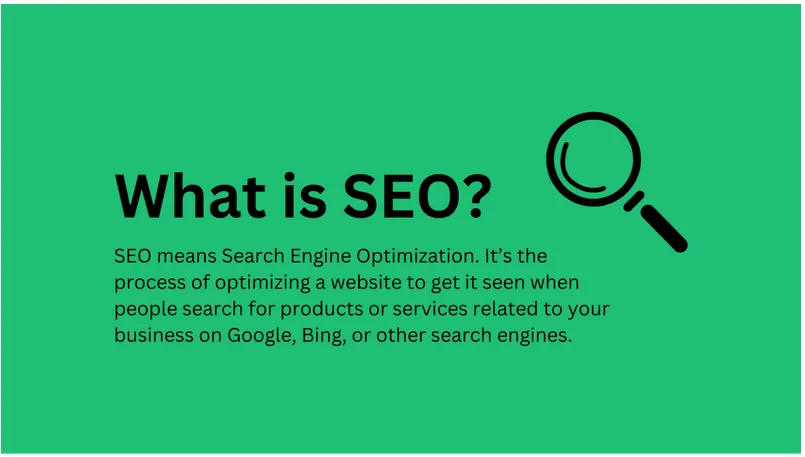
Pillars of Traditional SEO
On-page SEO lays the foundation for everything else.
You pick your target keywords through research, weave them into content, and organize headings and subheadings. You optimize meta tags, add alt text, and use schema markup to show structured data.
The goal is simple:
Make it clear to search engines what your page is about while giving users exactly what they’re looking for.
Technical SEO keeps your site running smoothly behind the scenes.
Every page must be crawlable by search engines. You manage robots.txt, XML sitemaps, and canonical tags. You optimize load speed, mobile responsiveness, usability, and security. Clean, error-free content ensures your site performs reliably and stays accessible.
Off-page SEO builds your reputation across the web. Backlinks from trusted sites remain a powerful signal. Brand mentions, guest posts, PR citations, and referral traffic all contribute to your authority.
Over time, these signals make your site a trusted voice in your space.
For example, for our client inBeat Agency, we wrote a piece offering free influencer outreach email templates that continues to attract editorial links naturally:
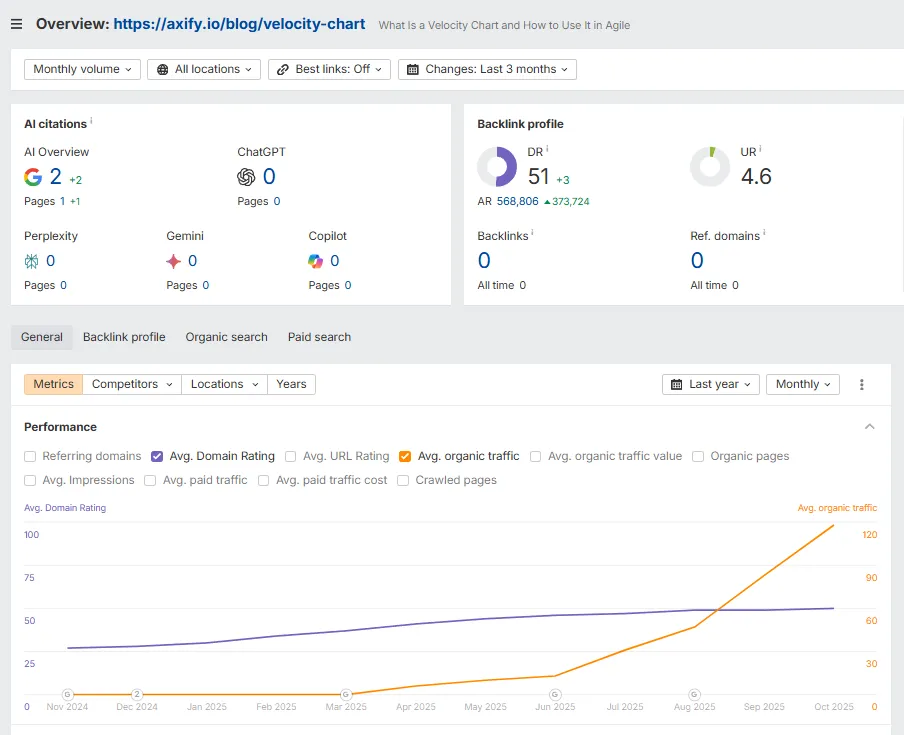
How to Measure SEO Success
Staying on top of your metrics is a must when it comes to SEO.
You need to constantly track performance to know what’s working and where to improve.
SEO can increase your sales, but you need to track metrics like:
- Organic traffic to realize whether more people are indeed finding you through search.
- Keyword rankings show how you compete for specific terms.
- Impressions reveal how often your pages appear in search results.
- Click-through rate shows whether your snippets are compelling.
Besides, dwell time, bounce rate, and pages per session give insight into how users engage with your site.
And of course, you should track direct SEO ROI.
Tools like Google Analytics 4, Google Search Console, Ahrefs, and SEMrush make it easy to monitor these metrics.
What Is Generative Engine Optimization (GEO)?
Just as SEO focuses on traditional search engines, GEO focuses on AI-powered search. The goal is different. Instead of ranking among blue links, you want your info to be featured amidst the AI-generated answers.
For example, we helped our client Alpha Apex Group Health rank first in AI overviews for a slew of key terms for them, like teleradiology hiring companies:
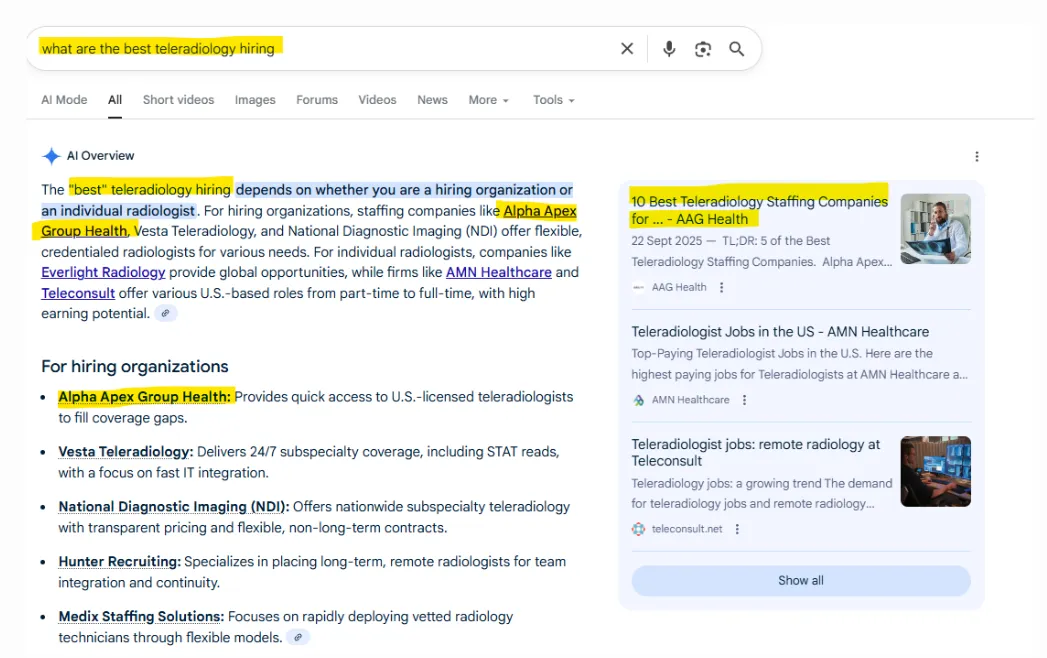
Side note: GEO is sometimes called Answer Engine Optimization because the goal is inclusion in AI Search Results rather than just ranking.
GEO is also a subset of LLM SEO, focused on search surfaces powered by generative AI. LLM SEO is broader, covering all large-language-model interfaces, including chatbots, copilots, and AI assistants.
The Mechanism Behind Generative Engines
Generative engines deliver answers.
They synthesize information from multiple sources to create summaries, overviews, or direct responses. Behind the scenes are machine learning models and retrieval-augmented generation systems.
These systems:
- Gather content
- Weigh it
- Merge it into natural-language answers
Examples include Google’s AI Overviews from the Search Generative Experience, Bing Chat, Microsoft Copilot, Perplexity AI, and Google Gemini.
When a user asks a question, these engines show the answer immediately.
Sometimes they include a short list of sources below, and many users click through for additional information.
That makes being featured in the answer itself extremely valuable.
Because AI search engines deliver the answer, users may never click into your site otherwise. In many cases, they view the summary and move on.
That puts a premium value on being cited or featured in that summary.
GEO is the strategy that gets you into these prime positions.
Data backs this up.
Experts estimate that AI Overviews reach 2 billion users across the globe every month. Over half of all searches end in an AI-generated answer.
As you can see from the graph below, users are far less likely to click on a link if an AI summary answers their query:
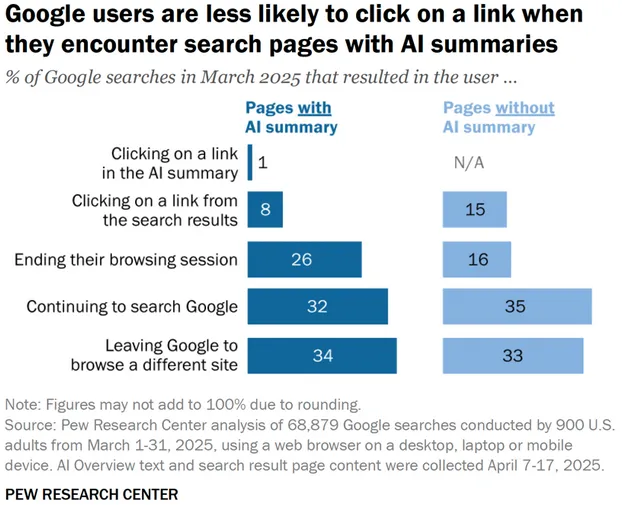
Pillars of Generative Engine Optimization
First, structured prompts and clarity matter.
You must craft content so that AI systems can parse it. That means clear headings, lists, entity references, and defined relationships between topics. You want entity recognition: the engine must see the people, places, and concepts as nodes.
Second, your content must be precise and AI-friendly.
You must deliver factually correct, tightly framed content. Use structured data and Schema Markup to communicate semantics. Use structured content like paragraphs, bullet lists, and Q&A formats. The fewer interpretive leaps, the better.
Third, trust and authority signals carry weight.
AI engines evaluate content credibility. E-E-A-T (expertise, experience, authoritativeness, trust) matters. Citations, credible sources, and brand mentions all help build authority. If the AI can see that other authority domains refer to your content, it gives you bonus legitimacy.
In other words, you want to be a recognized entity in the knowledge graph behind the AI engine.
And GEO is only set to explode further. The global AI search engines market is worth about $43.6 billion in 2025, and it’s projected to grow to $108.9 billion by 2032.
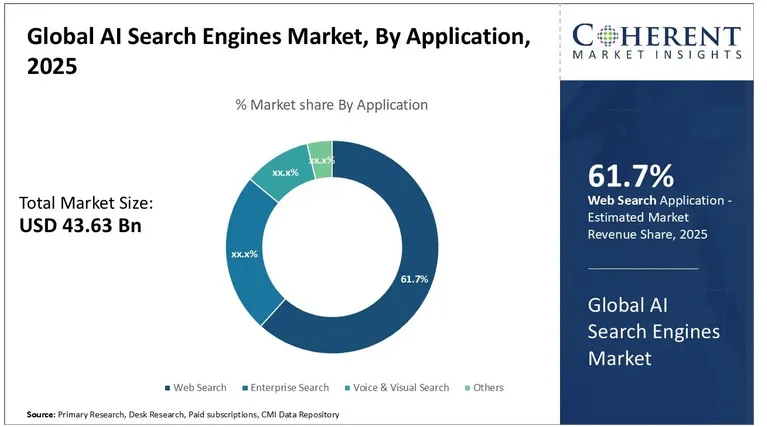
SEO vs. GEO: A Direct Comparison of Key Differences
Search isn’t what it used to be.
SEO still drives organic traffic and builds credibility through traditional rankings.
GEO, on the other hand, targets AI-powered answers, putting your brand directly in front of users without a click.
Understanding the differences is critical. This graphic shows what sets SEO and GEO apart:
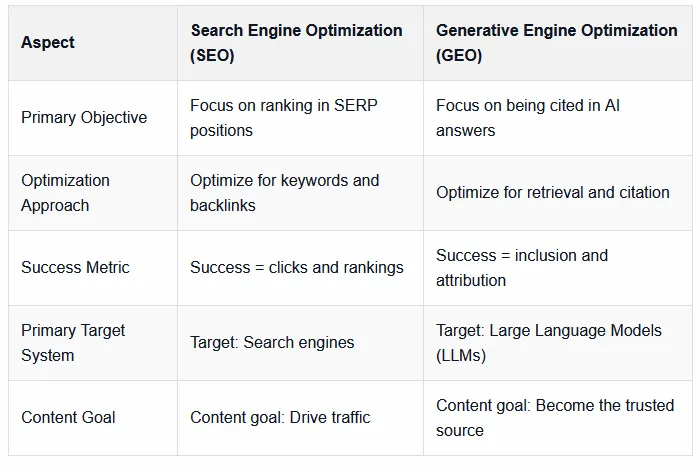
This video gives a good explanation of the differences between SEO and GEO:
Next, we’ll break down where each strategy excels, how they impact visibility, and why blending the two can give your brand a competitive edge in the evolving search landscape.
SEO vs GEO: Target Platforms and Engines
SEO competes on traditional platforms like Google, Bing, and YouTube. You aim for organic search visibility, rich snippets, and knowledge panels. Your content is indexed, ranked, and shown on search engine results pages.
GEO competes on generative platforms: ChatGPT, Google’s AI Overviews, Bing Chat, Perplexity, and Microsoft Copilot. Here, your content is read and used as input to generate responses. Instead of competing for a ranking position, you compete for inclusion, relevance, and citation inside a generated answer.
SEO vs GEO: Type of Results and User Experience
With SEO, users see a page full of results with links, featured snippets, maps, and organic listings. They scan, click, and dive deeper.
With GEO, the user sees an answer up front. The AI-generated summary may satisfy their query entirely. Sometimes a list of source links appears, but a lot of times, users trust the top-level answer and leave without a click.
This shift has changed the nature of engagement. Consumption now happens in-platform.
SEO vs GEO: Optimization Focus
SEO invests in keywords, backlink strategies, domain authority, content depth, and technical structure.
GEO focuses on clarity, structured signals, entity relationships, trust signals, and AI interpretability. Keywords still matter in GEO, but in a more conversational way, with question-style phrasing rather than rigid exact match.
And multiple backlinks from authoritative sources tell LLMs that your content is worthy of being included in their search results.
Basically, now you need to think about how AI sees your content, not just how humans read it. That’s why more and more companies prefer to outsource their SEO nowadays.
SEO vs GEO: Content Formats and Structure
For SEO, think depth. Long-form articles, detailed guides, landing pages, and videos all perform well. Build context, layer insights, and back it up with examples that signal authority.
For GEO, think precision. Short Q&As, bulleted summaries, and clearly structured sections win. You want tight, scannable answers that AI systems can lift and reuse.
Content clusters related to your products also seem to perform better for GEO.
The real advantage comes from blending both approaches.
A strong hybrid piece combines a rich narrative with concise, ready-to-pull answer blocks that serve both humans and machines.
Hybrid content is a win/win.
It works because it speaks two languages at once. You provide depth for people and clarity for machines.
For example, for our client Hurom, we use the following content clusters to cover both search intent and generative visibility:
- Product & use cases: “Best juicers for celery,” “juicing vs blending,” “Cold press vs. centrifugal juicers.”
- Educational content: “Slow juicing benefits,” “What is cold press juicing,” “How to clean a juicer.”
- Lifestyle & retention: “Juicing recipes for kids,” “Detox juices,” “How to reuse pulp after juicing.”
Each cluster serves a dual purpose: long-form guides drive organic SEO authority, while concise subtopics (Q&As, summaries, comparisons) improve AI retrievability in generative search, chat interfaces, and even Google’s People Also Ask:
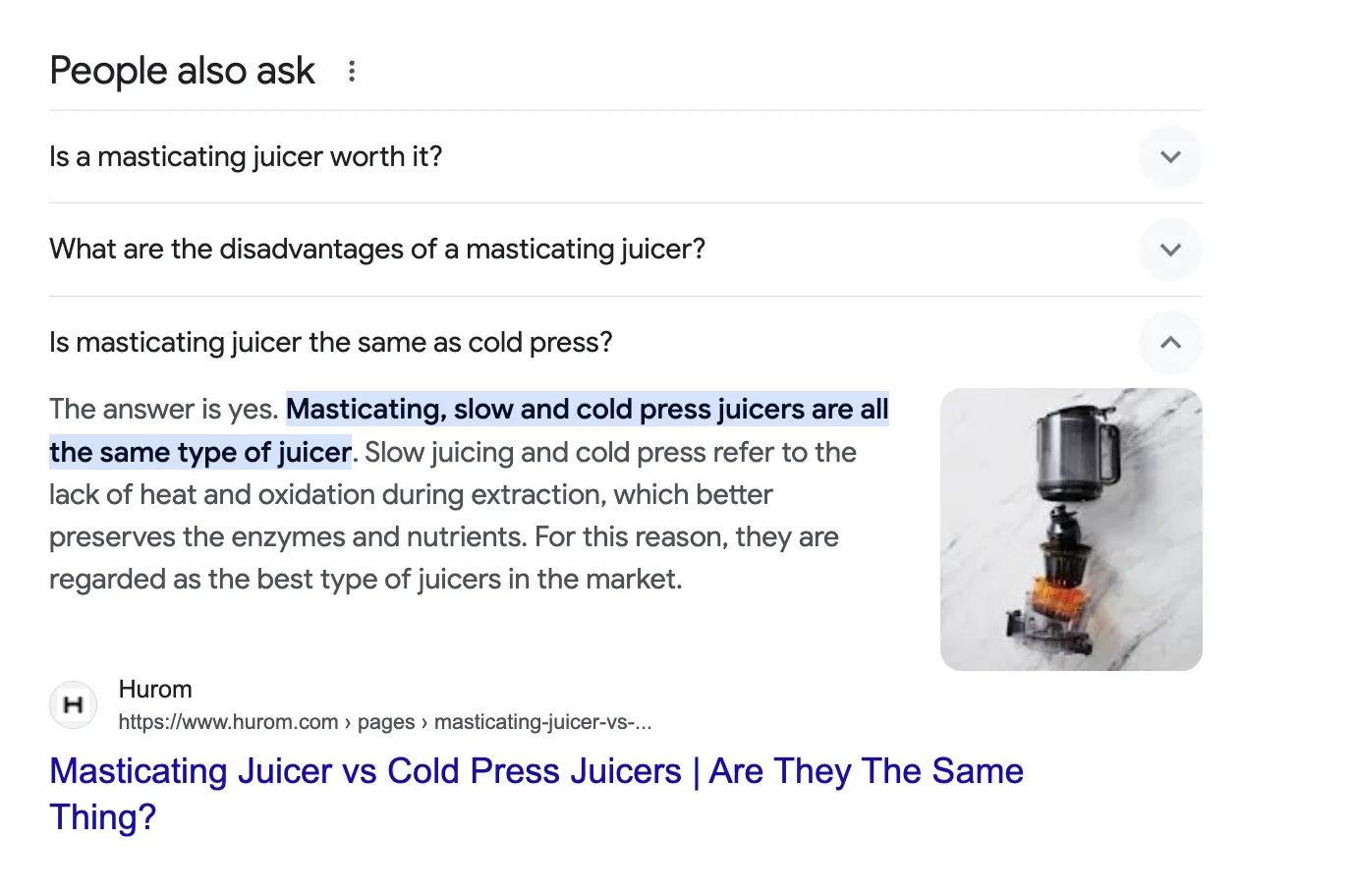
SEO vs GEO: User Journey and Interaction
In SEO, the path is familiar. Users input a search query in Google. If your website ranks high enough for it, they’ll click through to it, explore content, engage with your brand, and eventually convert.
In GEO, the experience shifts. Many users get what they need from the AI-generated response itself. Some may click a cited source to learn more, but many will not.
That means your brand can gain exposure even without a click, though tracking conversions becomes more complex. The customer journey usually begins before they ever reach your site.
SEO vs GEO: Measurement Metrics
Traditional SEO is measured by traffic, rankings, impressions, click-through rate, engagement, and conversions.
GEO brings a new set of metrics.
You measure:
- Answer visibility: reflects how often your content appears in AI-generated responses.
- AI referrals: show traffic driven from AI sources.
- Brand mentions within generative outputs
- The share of presence inside AI search results
Some teams use third-party monitoring tools to track how often their domain or content is referenced in AI answers. We’ve discussed some of the best LLM optimization tools here.
When to Use Each Strategy: A Strategic Framework
Not every search opportunity is the same.
Some queries reward traditional SEO with long-term traffic. Others are dominated by AI-powered answers where GEO matters most.
This framework helps you decide where to invest your resources, align tactics with business goals, and maximize ROI.
If you understand when to lean on SEO, when to prioritize GEO, and when to combine them, you can make smarter, data-driven choices that put your brand ahead of the curve.
Prioritize SEO: When Traditional Visibility is Key
Go with SEO when your business runs on search-driven traffic.
Strong organic rankings are critical if leads, sales, or engagement rely on users coming to your site. This strategy works particularly well in industries where people actively research, compare, or purchase products and services online.
It’s also why SEO is an asset in any GTM strategy.
For example, an e-commerce company selling home appliances benefits from detailed product pages and buying guides. Meanwhile, a B2B software provider can leverage in-depth comparison charts and case studies to drive conversions.
For our client Axify, we got 50% more clicks and 175% more impressions by writing in-depth guides that perform like the one below:

SEO also builds credibility.
For a newer domain, investing in SEO lays the foundation for long-term visibility and trust. Publishing consistent, high-quality content signals expertise to search engines and audiences alike.
Over time, search engines begin to see your brand as an authority, which increases your presence for relevant queries and drives organic traffic without relying on paid campaigns.
Think of SEO as a long game that compounds results, gradually expanding your reach and influence across traditional search.
Prioritize GEO: When Direct Answers and Thought Leadership are Paramount
Lean into GEO when your content answers the kinds of questions people now ask AI.
If your brand thrives on insight, analysis, or thought leadership, GEO can amplify your reach by getting your content surfaced directly in AI-generated responses. This is particularly effective in fields like finance, health, and B2B consulting, where users seek expert guidance.
It’s one of the tactics we also use for Axify, and it’s why we see results like these in AI overviews:
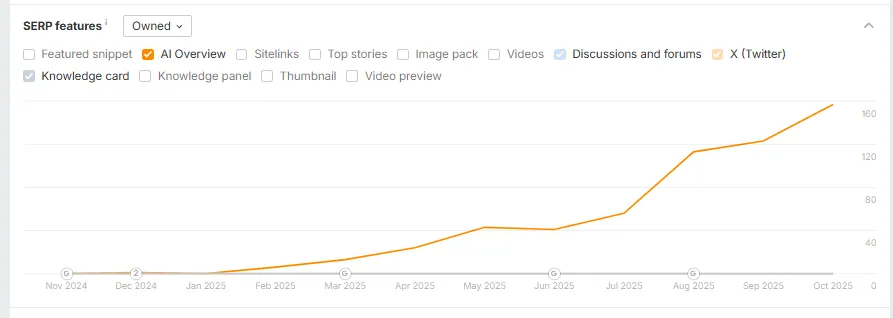
However, you can also replicate the same model for other websites.
For example, a financial advisory firm could create concise Q&A sections on retirement planning, tax strategies, or investment trends. When users ask an AI assistant a question like “What are the best investment options for 2025?”, your structured answers can appear directly in the response.
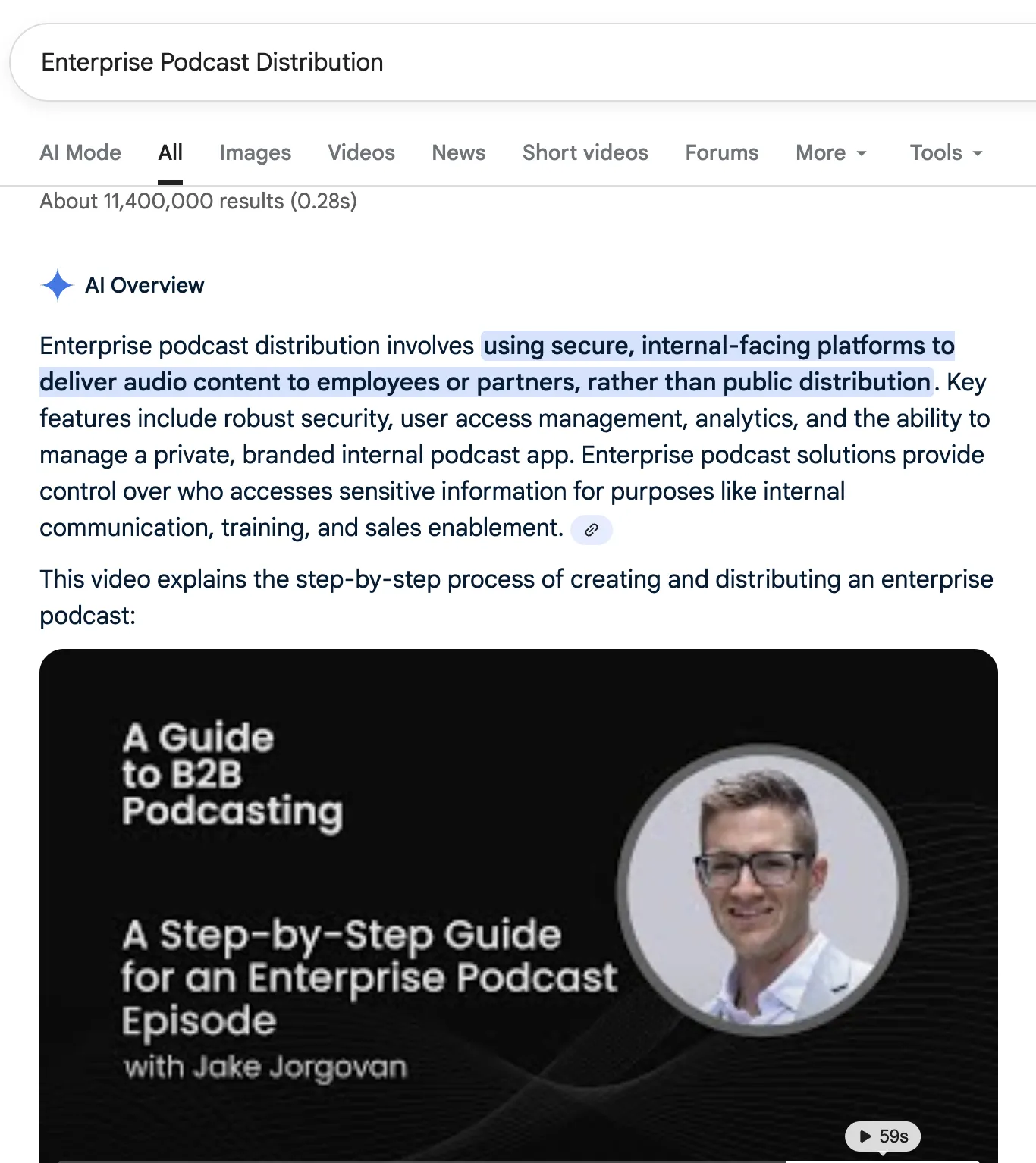
Similarly, a podcast brand, like our client Content Allies, providing clear explanations and podcasting strategies can position itself as a trusted source even before a user clicks through to the website.
As we said before, being cited in these generative outputs strengthens brand perception and authority in a way traditional SEO alone just can’t.
GEO and SEO: The Hybrid Approach for Maximum Impact
You don’t have to choose one over the other. The real power comes from blending them.
Start with a strong SEO foundation. Focus on long-form, in-depth pillar content with clear keyword targeting, technical optimization, and comprehensive coverage of your topic.
Then layer GEO tactics on top. Add concise answer blocks, structured Q&A sections, and schema markup to help AI systems identify and reuse your content.
Think of your strategy as a sequence.
- Create the long narrative first to establish authority, then extract AI-ready segments that can be surfaced in generative engines.
- Ensure the long-form content supports these answer blocks so that every piece works together.
- Track performance across both traditional SEO metrics like traffic, rankings, and conversions, and GEO metrics like answer visibility and AI referrals.
Over time, you’ll identify which content and formats resonate best in both search ecosystems, so your brand can dominate visibility wherever users look for answers.
Besides, this hybrid strategy is your best bet that your content works for humans and machines. That way, you’ll be maximizing reach, trust, and impact across the entire search ecosystem.
So, how should you do it?
That brings us to the next point:
Actionable Strategies for Integrating SEO and GEO
From keyword research and content planning to optimizing for AI summaries and structured data, you’ll learn how to create a unified strategy.
This is key to reaching audiences wherever they search, capturing attention in multiple formats, and turning visibility into measurable business growth.
Content Strategy for the Hybrid Era
In today’s web, your content needs to perform everywhere. You have to rank on traditional search engines and be seen inside generative AI results.
It’s a big task. So, how do you get it done? With a hybrid strategy.
- Start by organizing your long-form content into topic clusters that connect main ideas with supporting pages.
- Within those pieces, include FAQ-style sections and clear question-and-answer blocks.
For our client Nova Cloud, we created informative blog posts with clear question-and-answer sections that respond to people’s most important questions, like so:
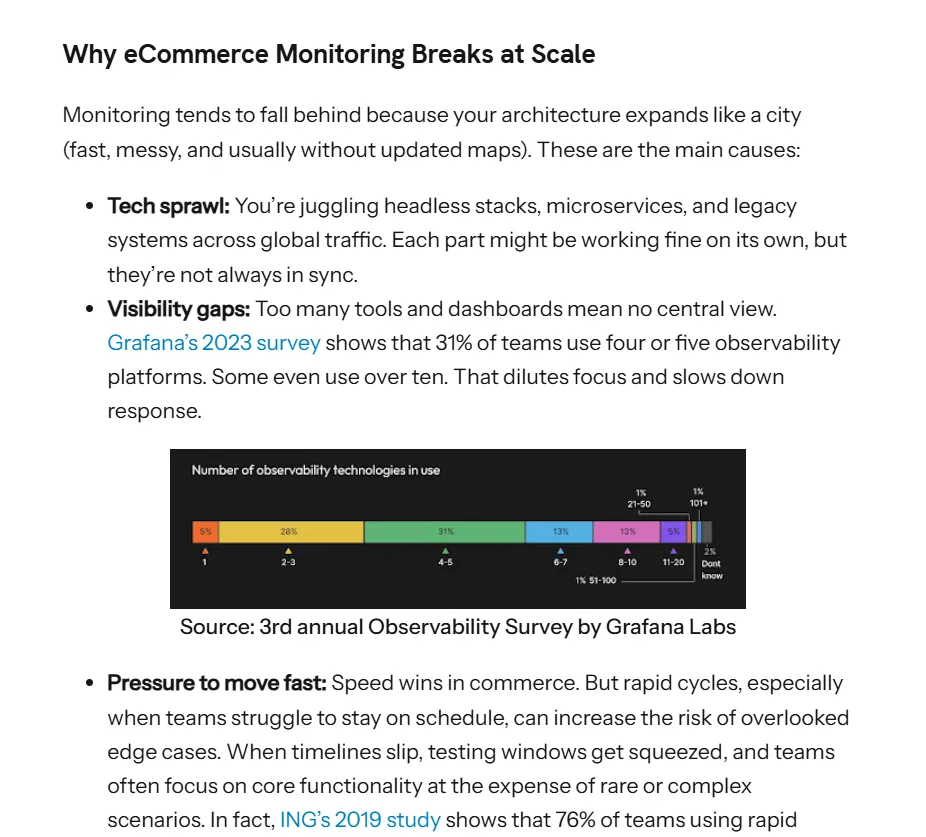
This helps both readers and AI models understand your content quickly.
As another example, a guide on “sustainable packaging” could include subtopics like “What materials are recyclable?” or “How do brands reduce waste?” that AI can lift directly.
Lesson learned: Use natural phrasing that mirrors how people type or speak to AI tools. Don’t use headings like “Understanding SEO in the Modern Landscape” but rather “What is SEO?”
A mix of both standard queries (“best packaging materials”) and conversational prompts (“what is the most eco-friendly packaging option”) keeps your content visible in both search formats.
Technical Adaptations
Your technical setup determines whether search engines and AI engines can actually use your content.
Schema markup and structured data are essential. We advise you to:
- Use JSON-LD to define entities, FAQs, how-tos, and products.
- Tag your metadata and headings carefully so the meaning is clear.
- Format articles with clean HTML and clear sections to help AI systems parse structure.
- Avoid vague language or complex code that could confuse crawlers.
For example, if you publish recipes, include schema for ingredients, cooking time, and nutrition info. Google’s Structured Data Markup Helper and Schema.org are good starting points.
These adaptations make your content easier for both traditional search and generative AI engines to understand and reuse.
Building Authority and Trust Signals
Authority fuels both SEO and GEO.
Backlinks drive visibility, but citations now also carry extra weight for generative engines.
Focus on getting referenced by credible, high-authority sources in your industry. For instance, if you’re in B2B tech, aim for mentions in outlets like TechCrunch or Gartner.
Remember that:
- You can use UGC for SEO to attract more links and increase conversions considerably.
- Consistency is also key. Use clear, stable brand messaging and maintain a recognizable tone across your site and social platforms.
- Strengthen your E-E-A-T (Experience, Expertise, Authoritativeness, and Trustworthiness).
- Publish data-backed insights, add expert bios, and link to reputable studies, like we do for all our clients, including inBeat Agency:
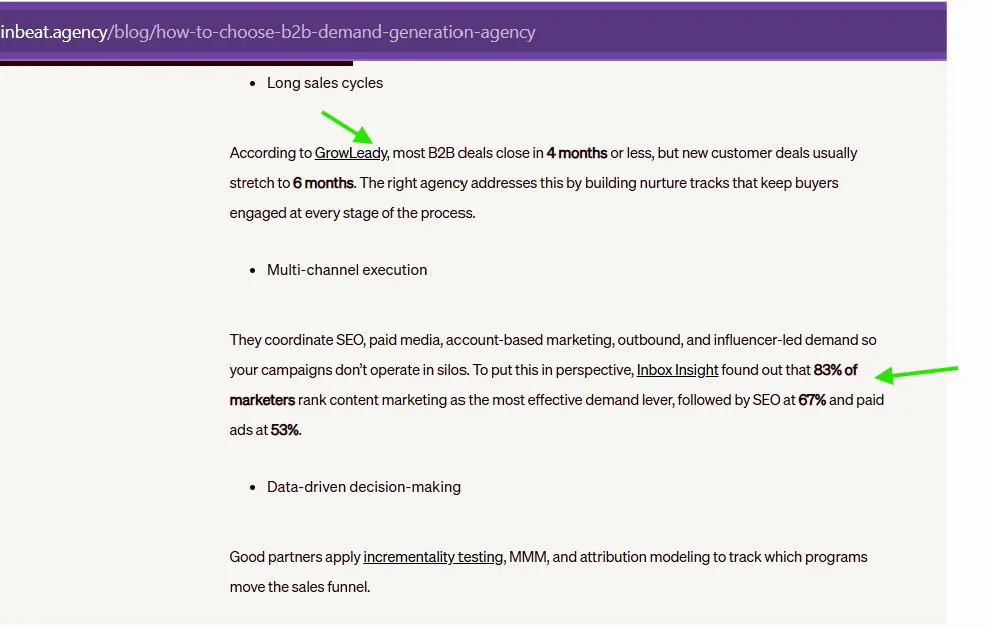
This strategy is also poised to attract more backlinks without the necessary outreach.
When websites with high domain authority trust and reference you, AI systems are more likely to surface your content in generated responses.
Understand User Intent and Search Queries in Depth
Intent is what drives results.
Keyword research goes beyond just finding popular terms.
You need to understand the reasons behind every search and the problems users want to solve.
Pro tip: Look at both traditional queries and conversational prompts to see how people naturally express their needs.
For example, one person might type “best CRM tools for startups” into Google while another asks “which CRM should a new business use” in an AI assistant.
Both queries reflect the same intent but require slightly different approaches in your content.
Organize these variations into topic clusters and build semantic relationships so your pages connect ideas, products, and questions in a way that makes sense to both readers and AI systems.
This kind of deep mapping ensures your content answers questions fully, whether someone clicks through or finds the answer directly in an AI summary.
Basically, focusing on user intent ensures your content reaches the right people at the right time.
Experts group search intent into four distinct categories: informational, navigational, commercial, and transactional.
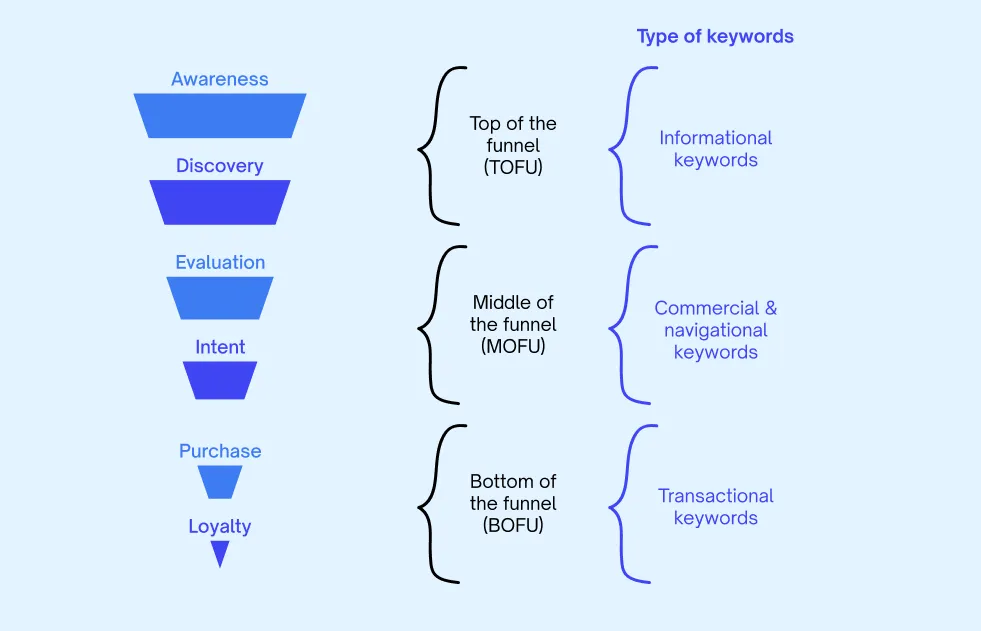
Conclusion: Scale Your SEO and GEO Strategies with Blue Things
Search has changed. To compete on today’s search engines you need visibility in both traditional engines and generative engines.
SEO builds your organic reach, domain authority, and structured placements in search engine results pages.
GEO gives you a shot at being inside AI answers, where users often consume content without clicking through.
The future belongs to brands that can master both worlds.
Your business needs to be able to deliver structured, credible content that both web crawlers and AI models can parse and trust.
Our expert team can help you design a roadmap and tune your content. We’ll help you own both search engine rankings and achieve premium generative answer placement.
If you’re ready to scale, grow digital visibility across both fronts, and dominate content in both modes, then get in touch with Bluethings.
FAQ
What’s the difference between SEO and GEO, and why does it matter?
SEO focuses on optimizing your website to rank higher in traditional search engine results, driving organic traffic. GEO, on the other hand, aims to get your content featured directly in AI-generated answers, influencing user perception before they even click.
When should I prioritize SEO over GEO?
Prioritize SEO when your business relies on search-driven traffic. If leads, sales, or engagement depend on users clicking through to your site, strong organic rankings are essential.
SEO is particularly effective in industries like e-commerce, where users research, compare, or buy directly from your site. It’s also highly effective for newer domains aiming to build long-term credibility.
How can Bluethings enhance my SEO strategy?
Bluethings specializes in B2B and SaaS SEO, offering services like technical SEO, content writing, and strategic link building.
Our targeted approach aims to improve your domain authority and search rankings, positioning you as a leader in your industry. By focusing on SEO activities that drive customer acquisition, we help businesses grow their online presence and maximize their revenue.
Why is integrating both SEO and GEO beneficial?
Integrating SEO and GEO allows you to maximize your online visibility.
While SEO drives traffic through traditional search results, GEO ensures your content is featured in AI-generated answers, reaching users who may not click through.
This hybrid approach enhances your brand's presence across different search platforms, increasing both reach and credibility.
What role does user intent play in SEO and GEO?
Understanding user intent is vital for both SEO and GEO.
By analyzing the reasons behind users' searches, you can create content that addresses their needs, whether they're conducting traditional searches or using AI prompts.
Tools that help with both traditional and conversational queries can assist in mapping out user intent. They’re invaluable for helping you create content that aligns with what your target audience is looking for.


